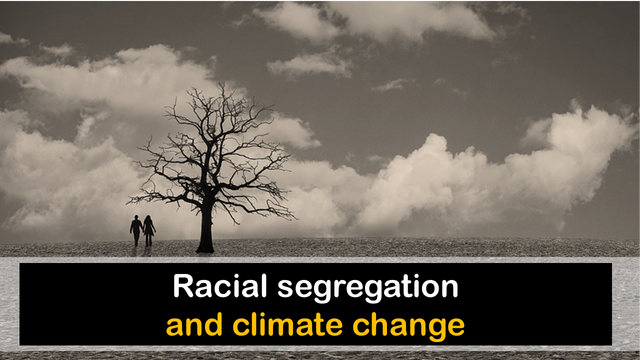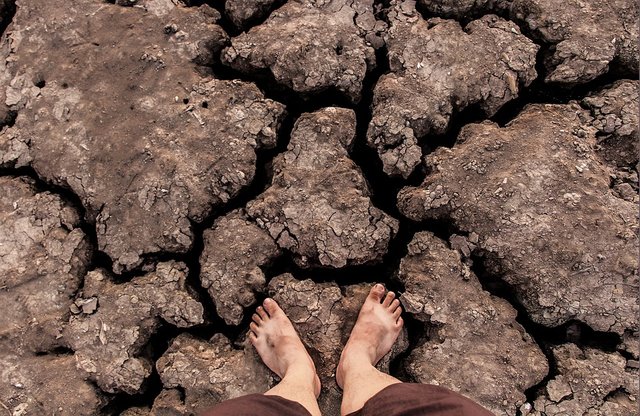
As I have already mentioned before, I like to read the news on a daily basis, mainly content related to scientific events, in the constant search to keep myself updated, and to establish appreciations that in some way contribute to the solution of problems.
When I say to establish appreciations, I mean to socialize from a critical/analytical perspective approaches that serve to triangulate realities, which tend to generate viable solutions to the detected problems.
I wanted to make this previous clarification, to proceed to describe the unfortunate situation of racial and climatic segregation that dark-skinned people suffer in their geographical environments of earthly coexistence, this according to the results revealed by a research on racial and climatic segregation developed by the American and expert in Climate Change Angel Hsu, where it shows that dark-skinned people live in areas with limited green spaces but conversely with more buildings, as opposed to white people who live in large open spaces and wooded areas.

Fig. 2 Research conducted by Angel Hsu shows that dark-skinned people live in areas with limited green space. Public domain image, Author: Kuro_VN, 2016
Although climate change is a product of climatic alterations attributed to the excessive actions of modern anthropogenic activities, it should be noted that this action does not distinguish between races, therefore, condemning dark-skinned people to live in reduced spaces with less wooded areas, without the availability of drinking water is a clear example of racial segregation.
Relating racial segregation and climate change is not something new, however, it seems that in times of modernity these issues have been accentuated to the point of creating visible imbalances, because, every time clear differences are established between areas where white people live compared to dark-skinned people, for example, in areas where people live there are more trees and sources of drinking water, the opposite occurs in areas where dark-skinned people live.

Fig. 3 The areas where people live have the most trees and drinking water sources. Public domain image, Author: Jjekafluf, 2015
It is urgent to carry out actions that tend to create a balance of correlation between green spaces and drinking water sources, between areas inhabited by dark-skinned people and areas inhabited by white-skinned people.
BIBLIOGRAPHICAL REFERENCES CONSULTED:
[1] Angel Hsu Disproportionate exposure to urban heat island intensity across major US cities. Artículo: Acceso Online
OBSERVATION
